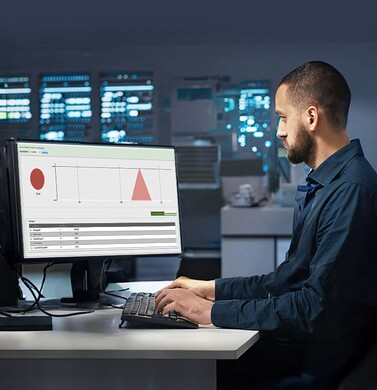Mobile POS is here – this is how to get it right
As contactless ordering and sales systems gain traction in hospitality and retail post-pandemic, the advantages of mobile point-of-sale (mPOS) systems are clearer than ever.
These handheld, wireless tablets do more than traditional Ethernet-based POS terminals. They empower restaurants to improve their own efficiency and offer diners an elevated service experience. Rich in features, the systems are palm-sized restaurant managers that can process orders, send tickets to the kitchen, and output detailed reports.
Such competitive advantages are already being recognized, with the mPOS market surpassing US$20 billion in 2019 and poised to grow 19% annually between 2020 and 2026.
But when adopting an mPOS solution, restaurants face three big hurdles. Here’s what they are and how to address them.
A WiFi network with weak signals or dead spots is already a liability for an establishment. Slow and missed orders, increased downtime, and bad public WiFi means lower customer satisfaction.
In our experience, the root causes here are classic issues like packet loss, high latency, and unstable data transmission. In hospitality settings, a prime cause is typically WiFi interference obstructing data transmission; lots of non-WiFi devices like smartphones and microwaves operate in the same frequency ranges used for WiFi.
What to do
You can tackle this directly on two fronts.
First, consider your access points. These are the front-line soldiers in the fight for stable WiFi. Look for APs designed to overcome co-channel interference and maintain signal strength regardless of user density or interference. Field-proven APs are optimal for the mPOS application because they can adjust antenna patterns automatically according to the wireless environment by analyzing WiFi signals and calculating the best delivery path. Patterns are shaped for each client according to the real-time environment, delivering uninterrupted wireless as well as great coverage for customers and mPOS-wielding staff. These APs also have another secret weapon: a Quality of Service (QoS) feature that enables them to prioritize traffic and optimize how shared network resources are allocated among different applications. By clamping down on data loss and operational disruptions, QoS ensures orders don’t get lost or jumbled – the foundation of happy customers and repeat business.
The second solution is a silver bullet: WiFi 6. Capable of delivering multiple Gigabits per second, WiFi 6 provides enough bandwidth to comfortably cater to huge numbers of guest users plus as many employee mPOS devices as necessary. With the number of compatible devices (including iPad Pro) and network equipment taking off in 2020 and accelerating in 2021, WiFi 6 APs are at the top of purchase lists for futureproof-conscious restaurant owners.
The next biggest problem we’ve been seeing is restaurants that, once they have an mPOS system in place, are let down not by their WiFi network’s strength but by their own ability to use it effectively, even for basic tasks like keeping APs running and monitoring bandwidth usage.
Making matters worse, mPOS system providers and system integrators often lack the knowhow to fix problems as they happen. Thankfully, cloud management’s growing ubiquity is making this issue surmountable.
A cloud-based networking platform gives you the power to monitor and control every aspect of your network in real time – and do so at any time from any device. The cherry on top is that intuitive solutions like Nebula not only provide site-wide network visibility of all your APs but can be mastered without tech expertise.
The Nebula solution also lets you manage event logs, traffic statistics, bandwidth consumption, networked clients, and application usage. In addition, its Wireless Health feature uses AI and machine learning to automatically optimize wireless quality, saving you time and effort.
Be it ransomware bringing restaurant operations to a halt or hackers stealing proprietary information like customer data, business plans, or even a secret recipe, restaurants are vulnerable to cybercrime.
Zyxel’s USG FLEX security gateway features Unified Threat Management (UTM) and advanced cybersecurity technology to prevent cyberattacks, plug vulnerabilities, and protect customers’ data. Alternatively, the Nebula Security Gatewayuses the same UTM approach for network security management while also providing Nebula Security Service Analysis Report, which helps IT administrators better manage bandwidth usage and boost employee productivity.
- Can your WiFi handle it?
- Can you use what you’ve got?
- Are you and your customers safe?
Far from imPOSsible
For savvy restauranteurs, these challenges are all easily – and inexpensively – surmountable, and those who go ahead with mPOS in the near term will have an even greater edge over competitors who hold on to traditional POS systems.




